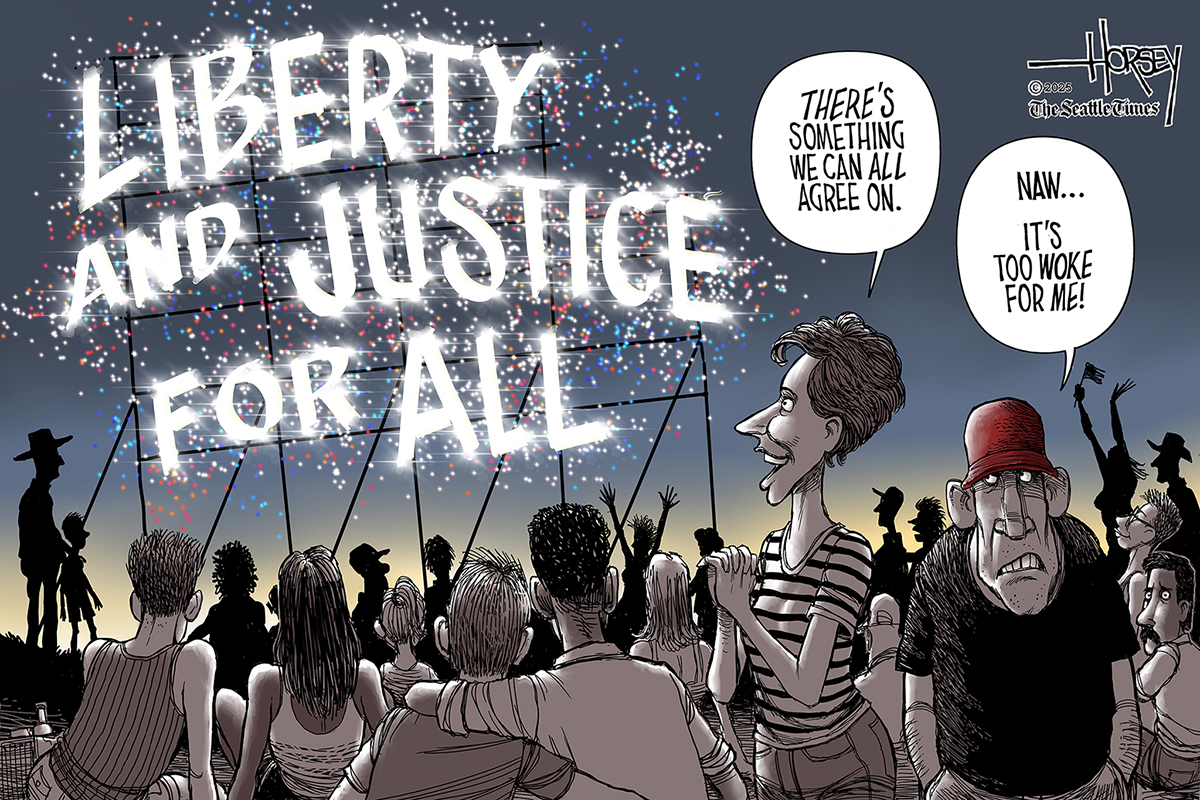
July 1st Editorial Cartoons: A Snapshot of Political Tensions
Political cartoons published on July 1st, 2025, offer a satirical lens through which to view the day’s most pressing political issues, reflecting the diverse artistic styles and viewpoints of cartoonists like Christopher Weyant, Bill Bramhall, Michael Ramirez, Gary Varvel, Henry Payne, Steve Breen, and Ed Wexler.
A Diverse Range of Artistic Styles and Perspectives
The July 1st, 2025 editorial cartoons showcased a wide array of artistic styles and perspectives, reflecting the diverse landscape of political opinion. Christopher Weyant, known for his insightful commentary on the Democratic Party’s internal dynamics, likely presented a caricature highlighting the tensions between the party’s progressive and centrist factions. Bill Bramhall, a New York Daily News stalwart, likely offered his signature blend of wit and social commentary, possibly focusing on issues relevant to New York City or national politics.
Michael Ramirez, recognized for his conservative viewpoints, likely used his distinctive style to comment on current events from a specific political perspective. Gary Varvel, known for his bold and often provocative imagery, likely engaged with a similarly pointed commentary on a topical issue. Henry Payne, another prominent conservative voice in political cartooning, likely contributed a piece reflecting his political ideology. Steve Breen, with his distinctive style, likely added another dimension to the day’s satirical commentary.
Ed Wexler’s cartoon, focusing on President Trump’s Truth Social post on Juneteenth, likely captured the controversy surrounding the post and the broader political climate. The collection of cartoons, taken as a whole, provides a multifaceted representation of the political landscape, reflecting the various viewpoints and artistic approaches within the field of political cartooning. The variety ensures that readers are exposed to a range of opinions and interpretations of the same events.
Key Themes and Topical Issues in the Cartoons
The July 1st cartoons likely addressed a range of topical issues, reflecting the significant events of the period. The theme of “woke fireworks,” likely referenced the ongoing cultural debates surrounding identity politics and political correctness. A “new slogan for the Statue of Liberty” likely offered a satirical commentary on immigration policy or the broader national identity debate. “Birthright citizenship hanging by a thread” directly addresses the ongoing legal and political battles surrounding birthright citizenship in the United States.
The cartoons likely employed various techniques to convey their messages, including symbolism, satire, caricature, and irony. Symbolism might have been used to represent abstract concepts or ideologies visually. Satire would have been used to expose and criticize political figures or policies. Caricature would have exaggerated physical features to create humorous and memorable images, while irony would have been used to highlight the absurdity of certain situations or political statements.
The overall effect of these artistic choices would have been to create a visually engaging and thought-provoking commentary on the current political climate. The cartoons likely served as a powerful form of visual communication, conveying complex ideas and opinions in an accessible and memorable way. The use of humor and exaggeration made complex political issues more digestible and engaging for a wider audience.
The Role of Political Cartoons in Shaping Public Discourse
Political cartoons play a significant role in shaping public discourse by providing a concise and visually engaging commentary on current events. They serve as a powerful tool for social and political commentary, often employing satire and symbolism to critique complex issues. The ability of cartoons to transcend language barriers and communicate effectively to a broad audience makes them a powerful force in shaping public opinion.
The impact of political cartoons stems from their ability to distill complex political arguments into easily understandable and memorable images. The visual nature of cartoons allows for a more immediate and engaging understanding of complex political issues, compared to text-based analysis alone. The use of humor and exaggeration makes abstract concepts more accessible and engaging for a wider audience, sparking discussion and debate.
The effectiveness of political cartoons also lies in their capacity to elicit an emotional response from the viewer. By evoking feelings such as amusement, anger, or empathy, cartoonists can enhance the impact of their message and encourage engagement and critical reflection. Effective political cartoons stimulate dialogue and encourage viewers to actively participate in civic discourse.
Key Takeaways
- July 1st, 2025, editorial cartoons offered diverse artistic styles and perspectives on current political issues.
- Key themes included debates surrounding identity politics, immigration, and birthright citizenship.
- The cartoons employed satire, symbolism, caricature, and irony to convey their messages effectively.
- Political cartoons play a significant role in shaping public discourse through visual communication and emotional engagement.
- The collection of cartoons provides a multifaceted representation of political viewpoints and artistic approaches.
